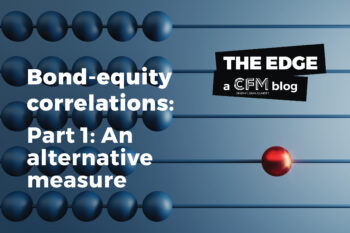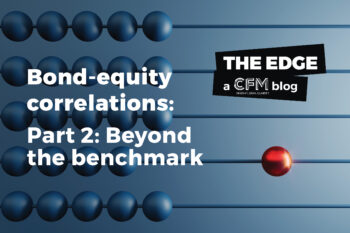Depending on one’s view (which tends to be influenced by whether one’s party was victorious), a divided government can either be a feature or a bug of the political system. The best of (political) times, or the worst. In the case of full control by a single party, a more cohesive legislative agenda can be pursued with less opposition than is usually the case. Promises by the winning party during the campaign trail might not all come to pass, but it will not be due to the unpredictable nature of political compromise.
Recently, the results of the 2024 US election reported a smashing victory for Donald Trump. He captured a strong majority of the electoral college, secured every so-called ‘swing’ state, won the popular vote (a surprise even to online betting markets, who had long been more bullish towards Donald Trump than polling-based models), and saw his Republican party win full control of the Senate and House. With the resulting absence of this feature/bug, markets had a less-uncertain narrative to follow that was gleaned from president-elect Trump’s campaign trail. Eponymously dubbed the ‘Trump Trade’, markets were ready to quickly and confidently price assets in the direction of a lower tax, lower regulatory, and higher tariff world.
There were some notable winners of this ‘trade’ including digital assets, small caps, and in contrast to last time around, technology stocks. But effects were felt abroad as well. Notably, in sovereign bond yields, an economic barometer which can be used to infer anything from growth, inflation, geopolitical risk, and central bank outlooks.
To balance simplicity and explanatory power of how markets reacted, we chose to highlight changes in 2-year sovereign bond yields. We find these to be interesting because yields at the 2-year point tend to closely associate with central bank rate decisions and can be a useful input in FX strategies, which have seen notable shifts since the election. This contrasts with 10-year yields which are tied to longer term (beyond a presidential term) changes in growth or inflation, and 3-month yields which better reflect current central bank policy and FX borrowing costs, but little of future expectations. So, comparing global 2-year yield changes is a ‘Trump Trade’ element that helps paint the medium-term macroeconomic picture.
We calculated simple betas of the G-10’s 2-year bond yield changes to those in the US. We excluded Japan due to its historical yield curve control mechanism. As expected, apart from Australia, we found global yields were positively correlated with those in the US, with a high degree of statistical significance. This is not surprising given the coordinated fight against inflation in recent years.
However, the reaction to US elections was at odds with this simple model. Given the sharp rise in US yields, historical relationships would point to a similar rise across the rest of the G-10. Instead, yields dropped sharply as shown in the figure below. Upwards of 1 standard deviation or more in continental Europe and Scandinavia. One can deduce this is related to the ‘Trump Trade’ tariff theme, both with these trading partners directly, as well as from second-order dependence on China. In that situation, central banks would likely be faced with slower growth and inflation, prompting the need for monetary stimulus through rate cuts.
Reading too far into short term movements of interest rates has thwarted many a macroeconomist, but deviance from simple historical relationships can tell an interesting tale. It is still months to go until Trump’s term begins, but the effects of his plans, aiming to get the economy to a better place, are already beginning to be felt.




